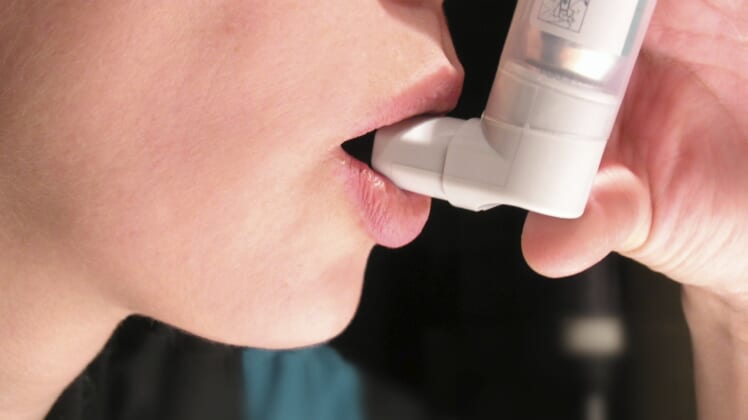
You don’t usually take a second thought when you’re filling your lungs with fresh air. Breathing is an involuntary task, but asthma makes it hard for your body to get in that proper breath. During an attack, the airway narrows and constricts while producing fluid, and the asthma sufferer needs immediate medication to keep breathing. Even so, asthma patients need to look beyond these emergency treatments and get proactive about their condition.
What Causes Asthma?
Researchers have found several contributing factors for a person’s asthma, but the direct cause may look different for every sufferer. As far as experts can tell, the body simply reacts based on stimulating factors and inherited genes.
For instance, you have a higher risk of getting asthma if a blood relative already has the condition. You may also hold a higher risk if you’ve been diagnosed with another allergy.
At the same time, environmental factors aggravate the problem as well. Stress, common respiratory infections, medications, and food preservatives can all contribute to asthma.
In addition, you may develop asthma by working around fumes, chemicals, or cigarette smoke regularly. You should have concerns about secondhand smoke affecting the asthma too. If you smoke or have friends and family who smoke, you should quit the habit and disallow others to smoke around you.
The Damaging Effect of Makeup on Teens!
Latest Therapies and Medications
Traditionally, asthma treatment consists of inhaled corticosteroids and other long- and short-acting inhaler medications. Doctors will prescribe these medications based on your specific case.
They will also encourage positive lifestyle changes, such as regular exercise and adequate house cleaning (to prevent air irritants). Still, researchers are seeking other treatments that may offer sufferers more options.
One recent treatment in developmental phases is a new drug called Fevipiprant. According to Professor Christopher Brightling from the University of Leicester, the drug provides a game-changing option for patients. Since it targets inflammatory cells that find their way into lungs, Fevipiprant could prevent severe attacks and save many lives.
During the trial phase, a group of 60 people took either the drug or a placebo. Then, researchers monitored them through symptoms, chest CT scans, lung function, and samples of the airway wall.
After the 12-week period, researchers found that patients taking Fevipiprant had improved a specific white blood cell count by 4 percent! Their new count stayed just above the normal range.
Next, one treatment that targets symptoms in asthma unrelated to allergies is imatinib. Doctors actually prescribe this drug for cancer patients as a chemotherapy.
However, it has shown to stop the growth of mast cells, a contributing factor suspected in asthma cases. For long-term use, the drug does show a high drop-out rate.
Finally, another treatment showing promise is being developed by scientists at the Monash Biomedicine Discovery Institute. This treatment actually uses adult stem cells to reduce inflammation and repair lung damage. If the therapy withstands all phases of testing, it will provide an all-in-one option for sufferers.
WATCH: Is your job making your asthma worse?
[bc_video video_id=”5512491775001″ account_id=”5374160583001″ player_id=”default”]
Where You Live
As an asthma sufferer, where you live can have a direct effect on your condition. To combat environmental irritants, the Asthma and Allergy Foundation of America creates a list every year for the worst cities for asthma sufferers. Consider the risks of where you live.
- Memphis
This city has an abundance of risk factors, resulting in an overwhelming portion of its pediatric hospital visits. The city has its relaxed smoking standards, factory pollution, and high pollen counts to thank for causing its 14 percent of asthmatic children.
2. Richmond
The beautiful Virginia area also doesn’t prove the best spot for asthmatics. It battles smog, allergens, and poverty rates that contribute to poor asthma treatment.
3. Philadelphia
In this city, thousands of children visit the ER each year due to asthma. The condition is such a problem that the community offers free asthma education through its Community Asthma Prevention Program.
4. Detroit
Here, asthma patients still suffer greatly, although the city restricts smoking and scores well on allergens. Many people in Detroit may not have the money to get proper asthma treatment.
5. Oklahoma City
Ranking as number 5 on this list, the city has problems with high ozone and few asthma specialists. Also, many patients cannot afford good insurance and medical care.
Having an adequate long-term plan for asthma treatment is necessary to reduce the condition’s life-threatening effects. Thankfully, researchers have not given up on studying new treatments. Sufferers should work with their doctors by exploring all available options and avoiding places and situations that may exacerbate their condition.
